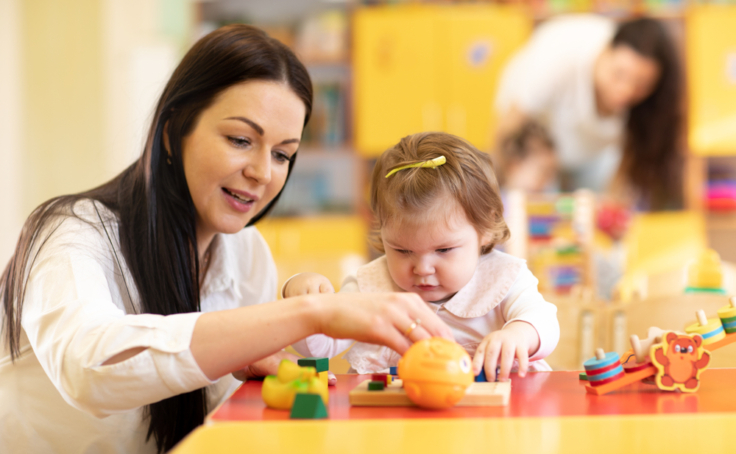Ideas for Soothing Little Ones: Calming Strategies from A to Z Poster and Handout
Don’t miss these 26 helpful calming strategies that you can keep close at hand.

When you’re welcoming young children into your early childhood education program for the first time, it’s important to think about the specific supports that infants and toddlers need during this major transition. After all, these children are adjusting to an unfamiliar environment away from loved ones and familiar faces. It’s up to educators to build nurturing relationships. Let’s look at how you can tailor your interactions with young children and help them with self-regulation, so that they feel safe and comfortable.
Ideas for Soothing Little Ones: Calming Strategies from A to Z Poster and Handout
Don’t miss these 26 helpful calming strategies that you can keep close at hand.
The transition to an early learning environment can be scary for young children, but the comfort, consistency, and individualized support you provide can help them feel safe and secure.
Adapted from the ZERO TO THREE Critical Competencies for Infant-Toddler Educators.™
Classroom Resource: Behaviour Has Meaning Wheels
Handy tips for addressing difficult behaviors.
Tools for Parent Engagement: Critical Connections Leaflets
Each leaflet outlines a parent-child interaction that can positively impact child development.
